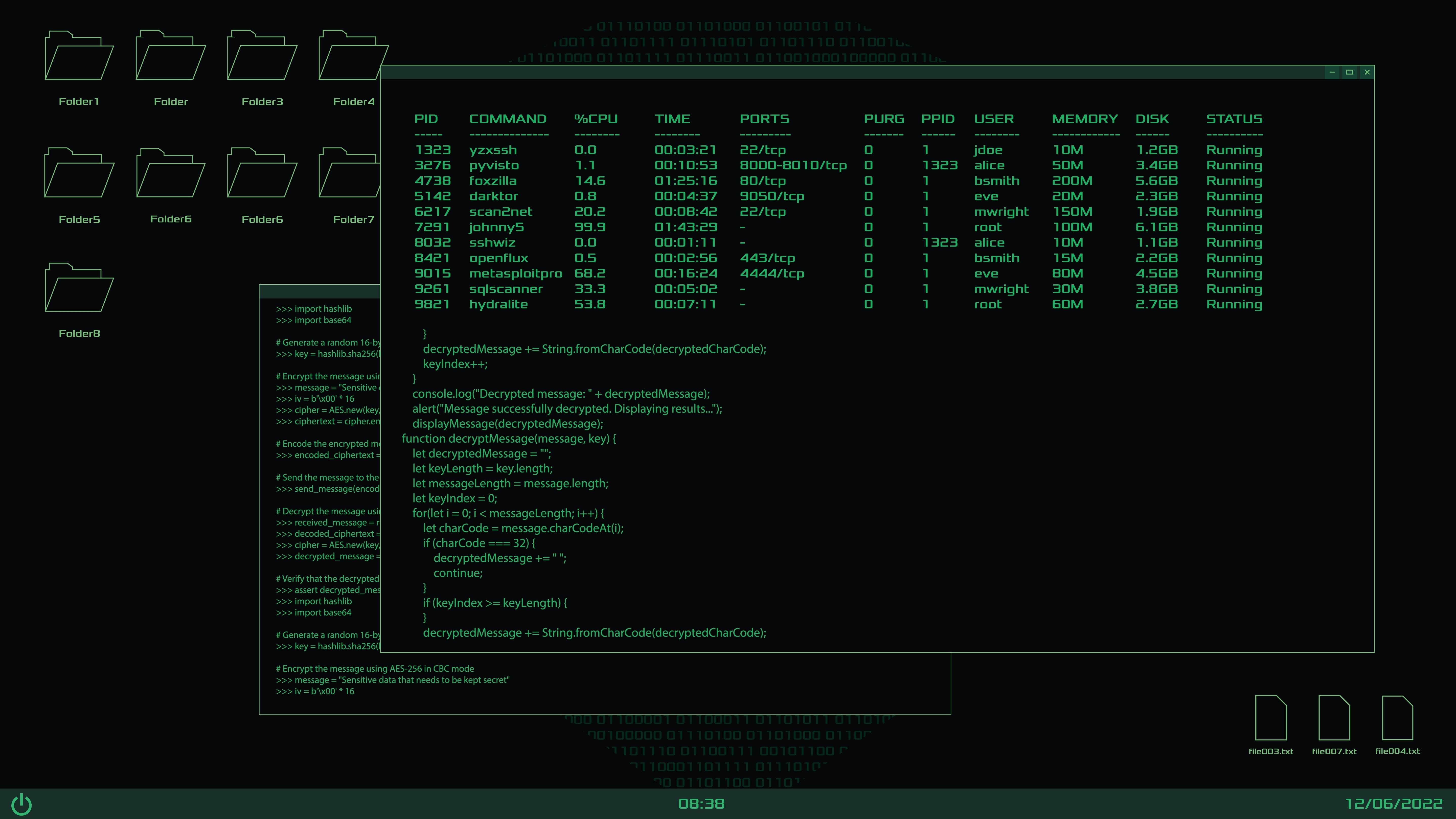Creating an effective crisis PR plan stands as one of the most critical responsibilities for communications professionals and business leaders today. When organizations face unexpected challenges that threaten their reputation, a well-structured crisis communications strategy makes the difference between maintaining stakeholder trust and suffering long-term damage. Research from Deloitte shows that 87% of executives believe reputation risk is more important than other strategic risks, yet many organizations lack a comprehensive crisis PR plan. This guide provides a detailed roadmap for developing a crisis communications strategy that will help protect your organization when challenges arise.
PR Overview
Building Your Crisis Communications Team
The foundation of any successful crisis PR plan starts with assembling the right team. Your crisis communications team should include representatives from key departments across your organization. According to Park University’s crisis communications guidelines, this team typically includes members from senior leadership, public relations, legal, human resources, and operations.
Start by identifying a core team of 5-7 individuals who will lead crisis response efforts. This should include your chief communications officer or PR director, legal counsel, and a senior executive with decision-making authority. Each team member needs clearly defined roles and responsibilities documented in writing.
Select and train primary and backup spokespeople who can effectively communicate with media and stakeholders during a crisis. These individuals should receive media training and practice delivering messages under pressure. According to Mississippi State University’s crisis planning guide, having visible, trustworthy spokespeople in place before a crisis occurs helps build audience confidence in your response.
Create a detailed contact list with multiple ways to reach each team member 24/7, including cell phones, home phones, and email addresses. Include backup contacts for each role to ensure coverage during vacations or if primary team members are unavailable.
Identifying and Assessing Potential Crisis Scenarios
A thorough analysis of potential crisis scenarios allows organizations to prepare appropriate responses before problems occur. Begin by conducting a risk assessment workshop with your crisis team to identify possible crisis situations specific to your industry and organization.
Group scenarios into categories based on their likelihood and potential impact. The Muck Rack crisis management guide recommends using a severity matrix with levels such as:
- Level 1: Minor issues requiring monitoring but no immediate response
- Level 2: Moderate concerns needing careful management and targeted communication
- Level 3: Major crises demanding full team activation and comprehensive response
For each scenario, document:
- Early warning signs and triggers
- Stakeholders who may be affected
- Potential business and reputational impacts
- Required response protocols
- Key messages and communication needs
Consider both operational issues like product recalls or service outages as well as reputational threats such as executive misconduct or social media backlash. Review crisis examples from your industry to identify additional scenarios.
Developing Crisis Communication Templates and Messages
Clear, consistent messaging forms the backbone of effective crisis communication. Create pre-approved templates and messaging frameworks that can be quickly customized during an actual crisis.
Start with holding statements – brief initial responses acknowledging awareness of an issue and promising updates. These allow you to communicate quickly while gathering facts. According to crisis PR experts at Talkwalker, effective holding statements:
- Express appropriate concern
- Demonstrate you’re taking action
- Avoid speculation or premature conclusions
- Include contact information for media inquiries
Develop key message templates for different crisis types, limiting each scenario to 2-3 main points to maintain clarity and focus. Include:
- Facts about what happened
- Actions being taken
- Impact on stakeholders
- Next steps and timeline
- Ways to get more information
Create an approval workflow showing who needs to review and sign off on communications before release. This typically includes PR, legal, and executive leadership. Document turnaround time expectations for urgent approvals.
Real-Time Crisis Monitoring and Response
When a crisis hits, organizations need systems in place to track developments and respond rapidly. Set up media monitoring tools to track traditional and social media coverage, online discussions, and stakeholder reactions.
Establish a dedicated crisis response center or “war room” where team members can gather to manage the situation. This space should have:
- Multiple screens for monitoring coverage
- Computers and phones
- Whiteboards for tracking key developments
- Conference capabilities for remote team members
- Copies of the crisis plan and contact lists
Create clear protocols for:
- Monitoring and reporting new developments
- Evaluating if/when to respond to specific issues
- Updating stakeholders at regular intervals
- Documenting all actions and decisions
- Coordinating with external partners
According to Park University’s crisis communications strategy guide, maintaining steady information flow helps organizations stay ahead of developments and adjust responses as needed.
Post-Crisis Review and Plan Updates
After managing an active crisis, conducting a thorough review helps improve future preparedness. Schedule a debrief meeting within 1-2 weeks while details are fresh in team members’ minds.
Document:
- Timeline of events and responses
- What worked well
- Areas for improvement
- Unexpected challenges
- Stakeholder feedback
- Media coverage analysis
- Recommendations for plan updates
The Talkwalker crisis management guide suggests publishing a wrap-up statement once the situation stabilizes, explaining actions taken and ongoing commitments. Continue monitoring for several weeks to identify any lingering concerns.
Update your crisis plan based on lessons learned:
- Revise contact lists and roles
- Modify response protocols that proved ineffective
- Add new crisis scenarios that weren’t previously considered
- Refresh messaging templates
- Document new best practices
Conclusion
Developing a comprehensive crisis PR plan requires careful preparation across multiple areas – from team structure to messaging templates to monitoring systems. While no organization can prevent all crises, having a well-documented strategy helps teams respond quickly and effectively when problems arise.
Take action now to assess your organization’s crisis readiness:
- Audit existing crisis communications procedures
- Assemble and train your crisis response team
- Document potential scenarios and response protocols
- Create message templates and approval workflows
- Test monitoring systems and response protocols
- Schedule regular plan reviews and updates
Remember that crisis planning is an ongoing process, not a one-time event. Regular reviews and updates help ensure your organization maintains strong crisis response capabilities.
Crisis Communications for Beauty Brands
When a beauty brand faces a crisis, the clock starts ticking immediately. Whether it's a...
How PR Shapes Trust in a Post-Hype Blockchain Era
The blockchain industry has weathered multiple storms—from spectacular exchange collapses to...
The Intersection of Corporate Communications and Cybersecurity Messaging
When a cybersecurity incident strikes, the technical breach is only half the battle. The other...




